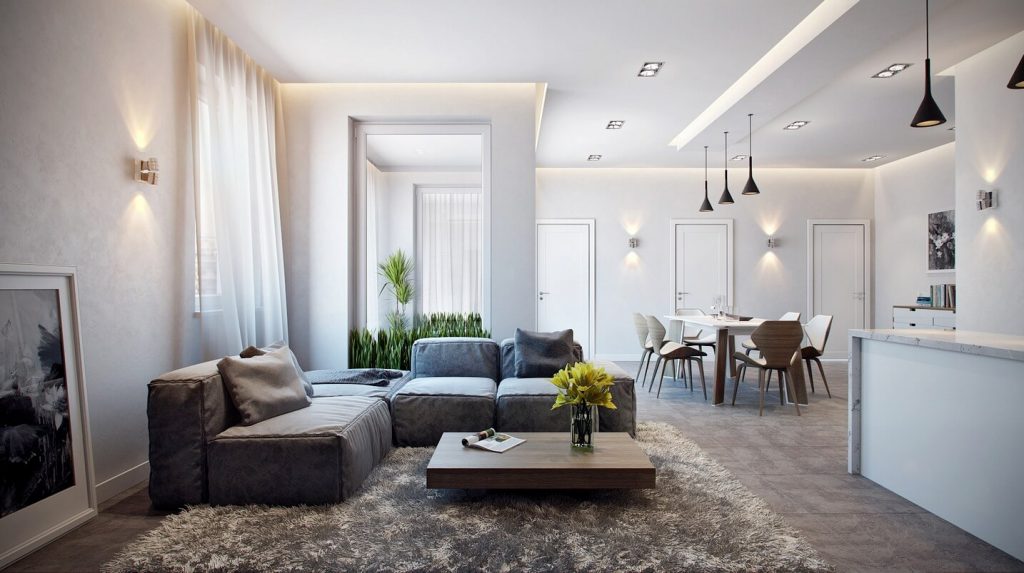German living room design
The design of a German living room is known for its simplicity and functionality. Minimalism and efficiency are key elements in German design, with a focus on clean lines and a clutter-free space. This design style is often referred to as Bauhaus, a movement that emerged in Germany in the early 20th century.
When designing a German living room, functionality is prioritized over ornamentation. This means that every piece of furniture and decor serves a purpose and has a specific function. This results in a streamlined and organized space that is both practical and aesthetically pleasing.
German living room furniture
The furniture in a German living room is typically modern and versatile. The focus is on clean lines and functionality, with pieces that are both comfortable and practical. Multi-functional furniture is highly valued, with items such as sofa beds and coffee tables with storage being popular choices.
German living room furniture is also known for its durability and quality. This is due to the German culture of efficiency and longevity, where items are expected to last for a long time. This is reflected in the materials used, such as solid wood and high-quality fabrics.
German living room decor
The decor in a German living room is simple and functional. The focus is on creating a warm and inviting space, without being too cluttered. Natural elements such as wood and plants are often incorporated to add a touch of nature to the room.
German living room decor also often features neutral colors such as white, gray, and beige, with pops of color added through accent pieces. These accents can include bold and bright colors such as red or blue, or earthy tones such as green or mustard.
German living room style
The German living room style is often described as clean, modern, and practical. The focus is on creating a functional and comfortable space that is also stylish. This is achieved through the use of simple and streamlined furniture, neutral colors, and functional decor.
German living room style also incorporates elements of tradition and history, with pieces such as antique or vintage furniture adding a sense of character to the space. This combination of modern and traditional elements creates a unique and timeless style.
German living room interior
The interior of a German living room is all about creating a cozy and inviting space. The use of warm and earthy tones, along with natural materials, helps to create a welcoming atmosphere. Lighting is also an important aspect of German living room interior, with warm and soft lighting adding to the cozy feel of the room.
The interior of a German living room also often includes textures and patterns, such as knitted or wool throws, furry cushions, or geometric rugs. These elements add a sense of comfort and texture to the space.
German living room layout
The layout of a German living room is designed to be efficient and functional. The placement of furniture is carefully considered to allow for easy movement and maximize space. This often means that the furniture is arranged in a symmetrical or balanced way, with a focus on creating a harmonious and balanced space.
The layout of a German living room is also designed to incorporate the surrounding environment. Large windows and open spaces are often featured, allowing for natural light to enter the room and creating a sense of connection to the outdoors.
German living room colors
The color palette of a German living room is typically neutral and calming. This includes shades of white, gray, beige, and brown. These colors create a clean and simple backdrop for the space, while also allowing for bold and bright accents to stand out.
In addition to the neutral colors, German living rooms may also feature earthy tones such as green, mustard, or terracotta to add a touch of nature to the space.
German living room traditions
German living room traditions are deeply rooted in the culture and history of the country. One tradition that is often seen in German living rooms is the use of candles. Candles are not only used for lighting, but also for decorative purposes, adding a warm and cozy element to the space.
Another tradition is the use of handmade or handcrafted items in the living room. This could include items such as knitted or crocheted blankets, hand-painted ceramics, or wooden decor. These items not only add a sense of tradition to the space, but also reflect the German value of quality and craftsmanship.
German living room culture
The German living room is a reflection of the culture of the country, which values efficiency, practicality, and longevity. This is seen in the design, furniture, and decor choices for the space. German culture also values simplicity and minimalism, which is reflected in the clean and uncluttered look of a German living room.
The German living room is also a place for gathering and socializing. It is common for families and friends to spend time in the living room, whether it be watching TV, playing games, or just relaxing. This sense of togetherness and community is an important part of German culture.
German living room architecture
The architecture of a German living room is often a blend of modern and traditional elements. Many German homes have high ceilings, which allows for natural light to enter the space and creates a sense of airiness. The use of natural materials such as wood and stone is also common, adding a touch of nature to the architecture.
German living room architecture also often features open and spacious layouts, with a focus on creating a sense of connection between the different areas of the home. This allows for a seamless flow between the living room and other spaces, such as the dining room or kitchen.
The Typical German Living Room: A Cozy and Functional Space
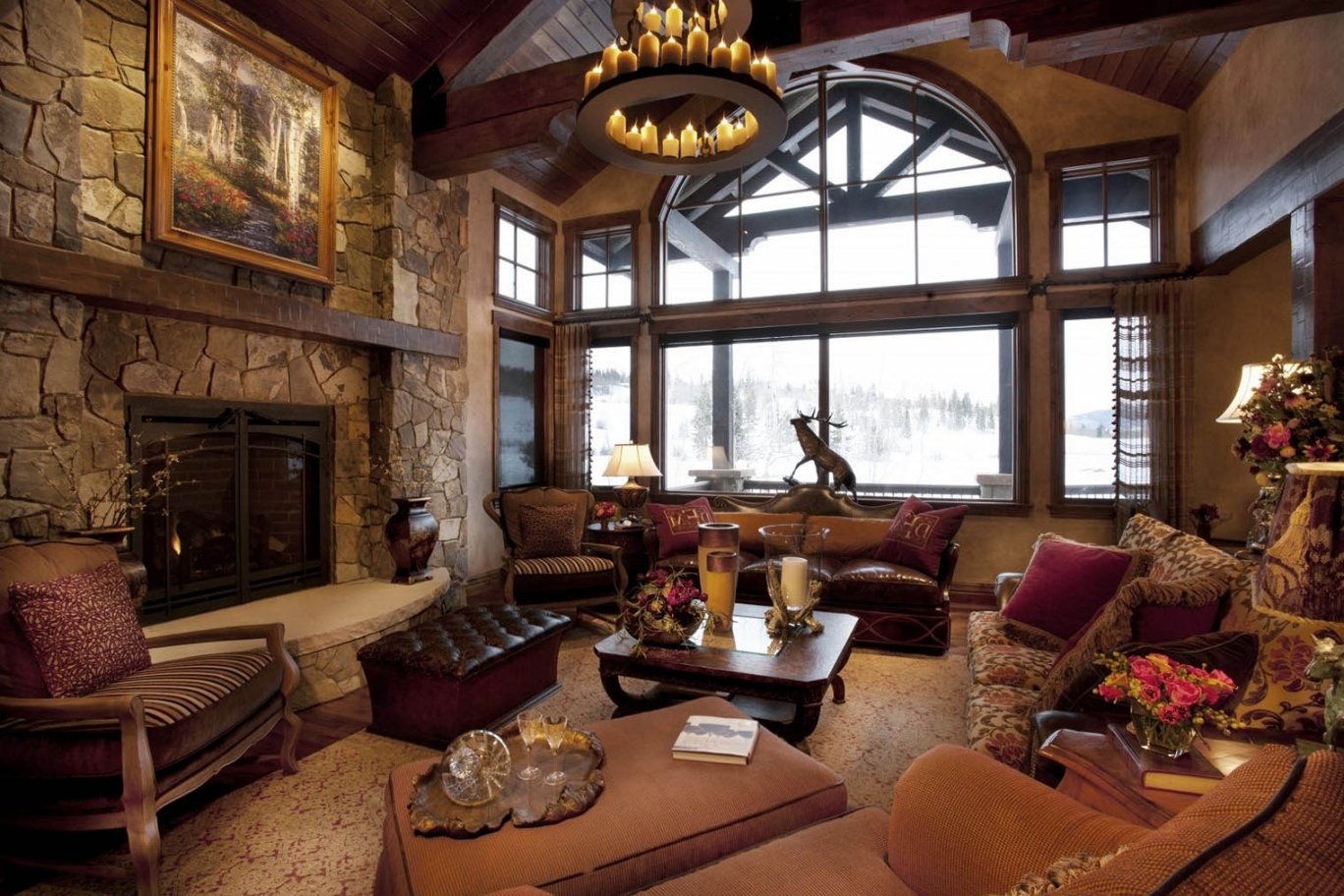
The Heart of the Home
 When we think of a German living room, we picture a warm and inviting space where families gather to relax, entertain, and spend quality time together. The living room is considered the heart of the home in German culture, and it is where most daily activities take place. It is also a reflection of the German way of life – practical, efficient, and organized.
When we think of a German living room, we picture a warm and inviting space where families gather to relax, entertain, and spend quality time together. The living room is considered the heart of the home in German culture, and it is where most daily activities take place. It is also a reflection of the German way of life – practical, efficient, and organized.
Functionality and Comfort
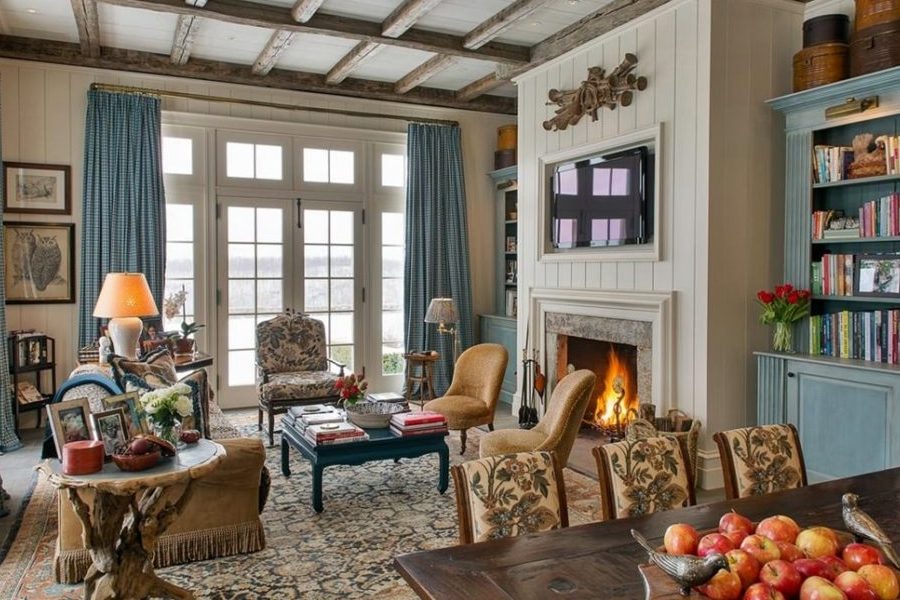 A typical German living room is designed with both functionality and comfort in mind. The furniture is chosen to serve a purpose, but also to create a cozy and inviting atmosphere.
Minimalism
is a key element in German design, and this is reflected in the clean lines and simple yet elegant furniture pieces. The
color palette
is usually neutral, with pops of color brought in through textiles and accessories.
A typical German living room is designed with both functionality and comfort in mind. The furniture is chosen to serve a purpose, but also to create a cozy and inviting atmosphere.
Minimalism
is a key element in German design, and this is reflected in the clean lines and simple yet elegant furniture pieces. The
color palette
is usually neutral, with pops of color brought in through textiles and accessories.
The Importance of Organization
 Germans are known for their love of organization, and this trait is evident in their living room as well.
Storage solutions
are cleverly incorporated into the design to keep the space clutter-free. From built-in shelves to hidden storage compartments, everything has a designated place in the living room. This not only adds to the overall aesthetic of the room but also makes it easier to keep it tidy and functional.
Germans are known for their love of organization, and this trait is evident in their living room as well.
Storage solutions
are cleverly incorporated into the design to keep the space clutter-free. From built-in shelves to hidden storage compartments, everything has a designated place in the living room. This not only adds to the overall aesthetic of the room but also makes it easier to keep it tidy and functional.
A Space for Entertaining
 Germans love to entertain, and their living rooms are designed to accommodate this social aspect of their culture.
Seating
is carefully chosen to allow for comfortable conversation, and
large coffee tables
are a staple for serving snacks and drinks. The living room also serves as a space for family gatherings and celebrations, so it is not uncommon to see a
traditional German Christmas tree
or
decorations
during the holiday season.
Germans love to entertain, and their living rooms are designed to accommodate this social aspect of their culture.
Seating
is carefully chosen to allow for comfortable conversation, and
large coffee tables
are a staple for serving snacks and drinks. The living room also serves as a space for family gatherings and celebrations, so it is not uncommon to see a
traditional German Christmas tree
or
decorations
during the holiday season.
The Perfect Balance
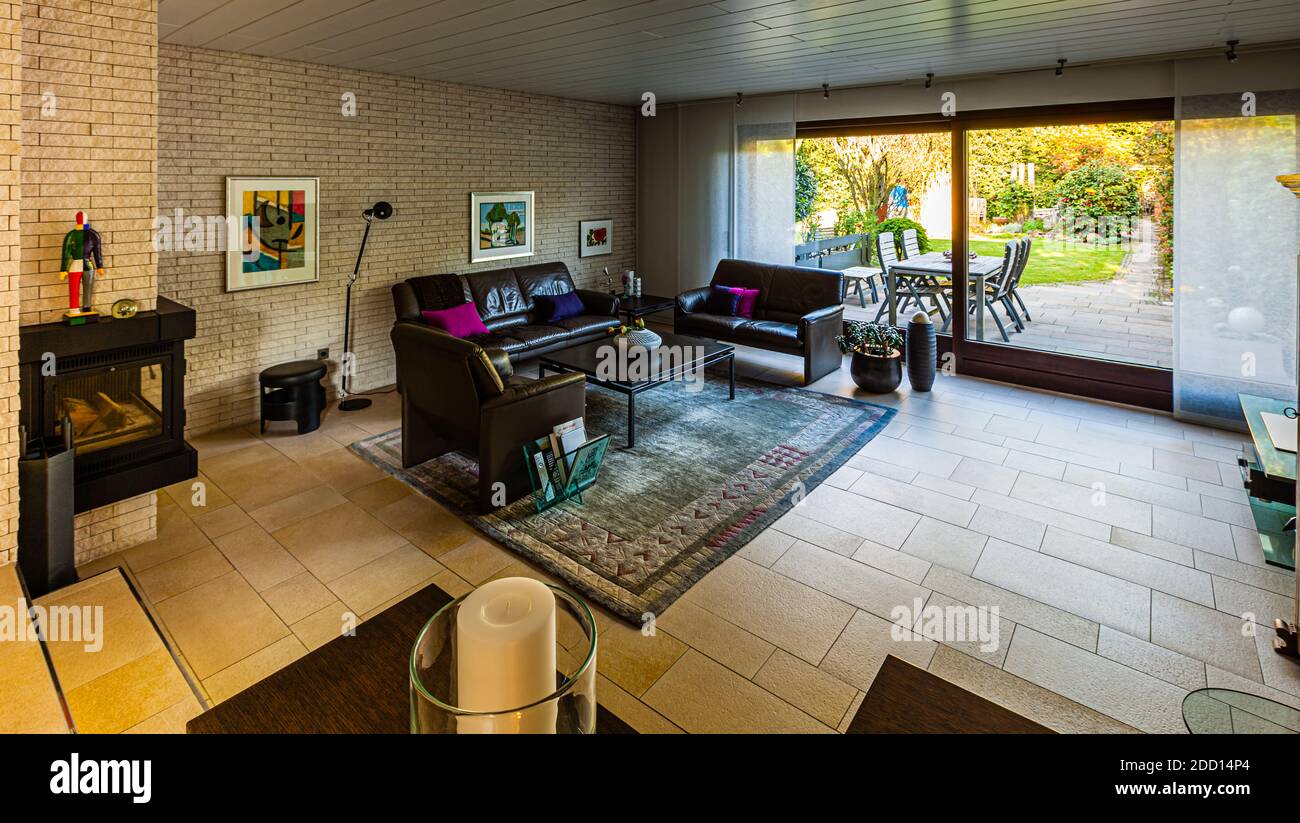 Overall, the typical German living room strikes the perfect balance between functionality and comfort. It is a space that is both practical and inviting, where families can come together and create lasting memories. From the
design
to the
organization
and
entertaining capabilities
, the German living room is a reflection of the country's culture and way of life. So, if you ever find yourself in a German home, be prepared to experience the heart of the home – the cozy and functional living room.
Overall, the typical German living room strikes the perfect balance between functionality and comfort. It is a space that is both practical and inviting, where families can come together and create lasting memories. From the
design
to the
organization
and
entertaining capabilities
, the German living room is a reflection of the country's culture and way of life. So, if you ever find yourself in a German home, be prepared to experience the heart of the home – the cozy and functional living room.
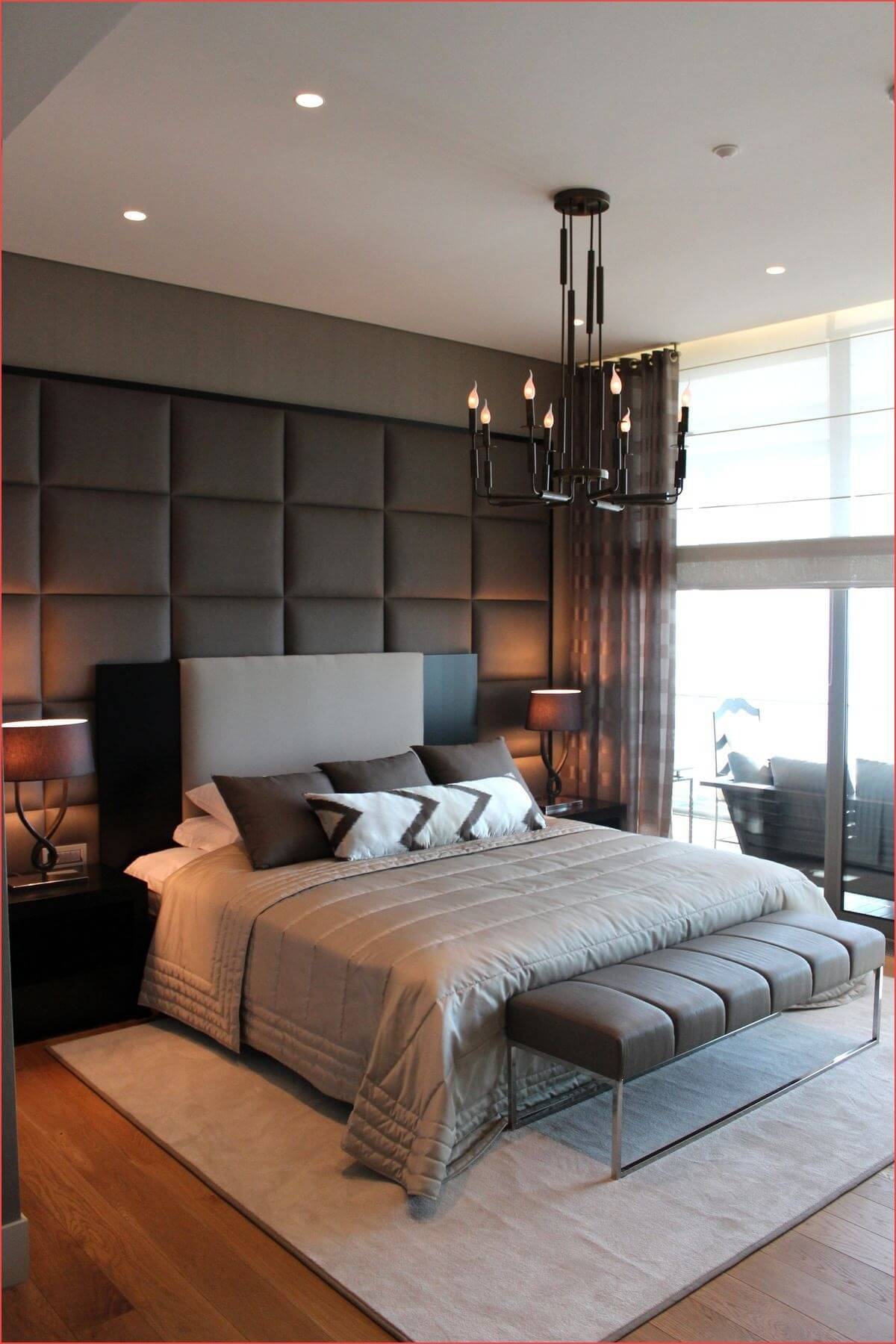

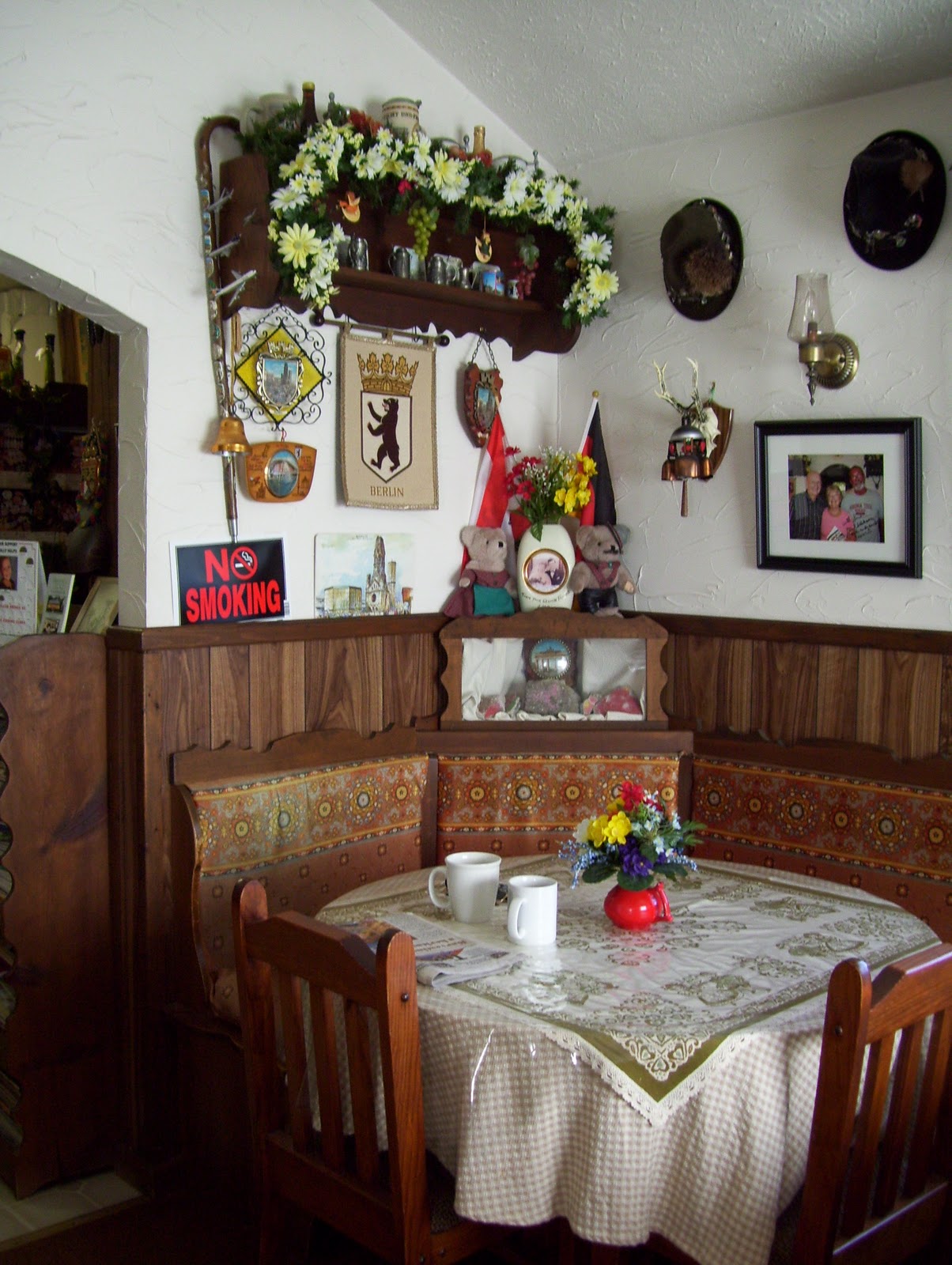

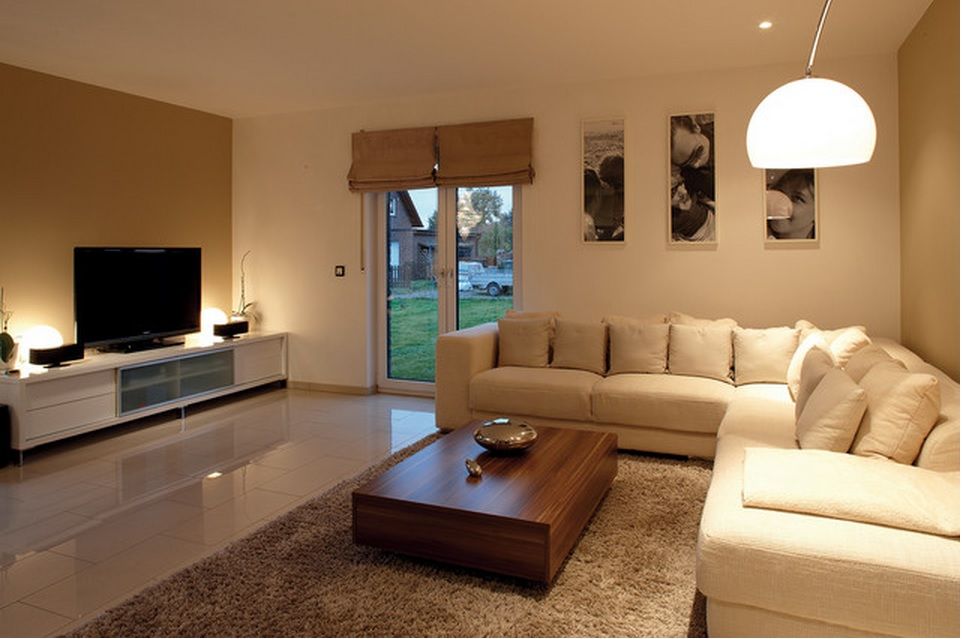
.jpg)
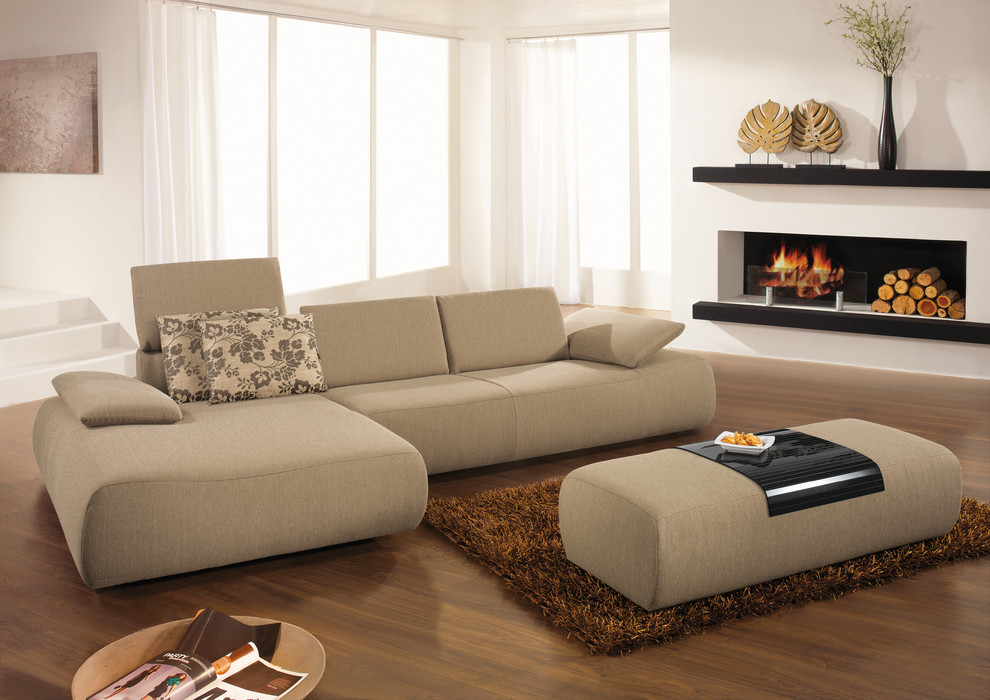



.jpg)


.jpg)
.jpg)

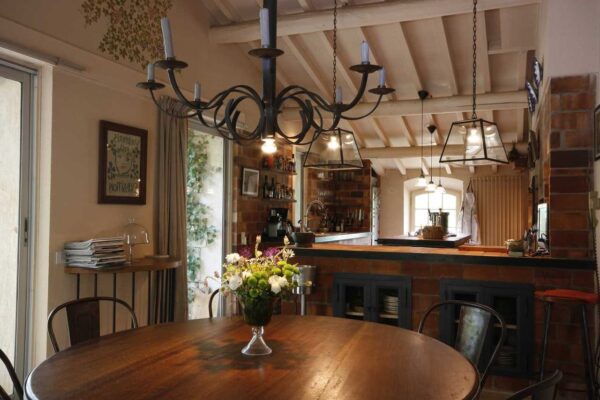


.jpg)

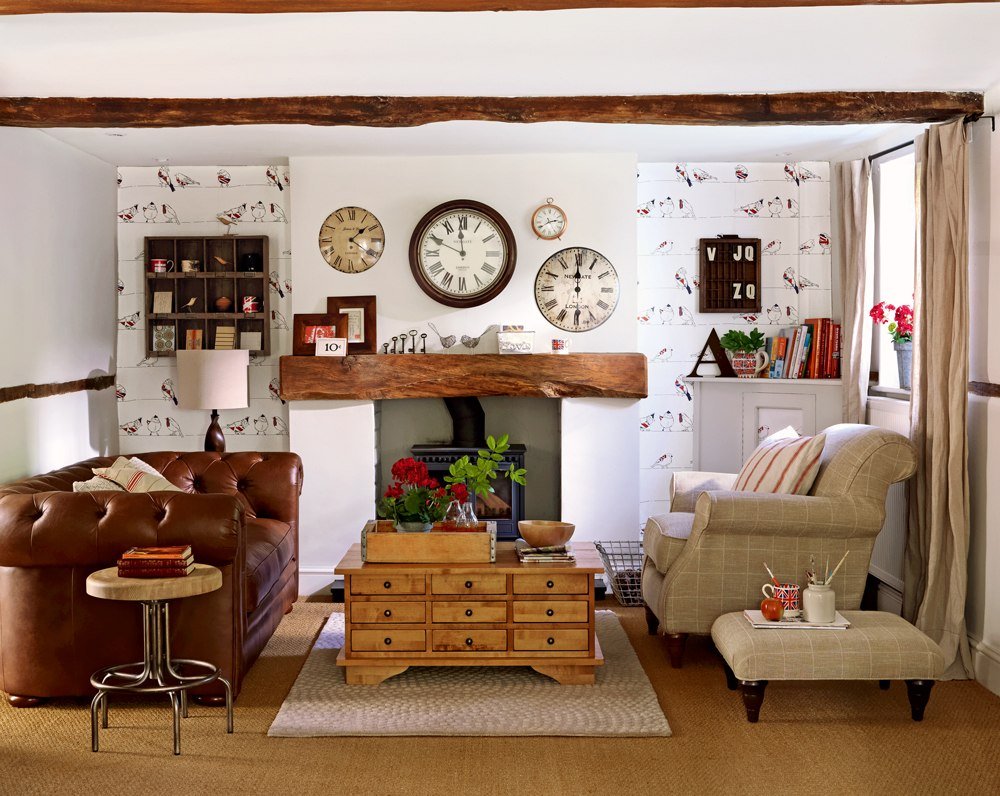



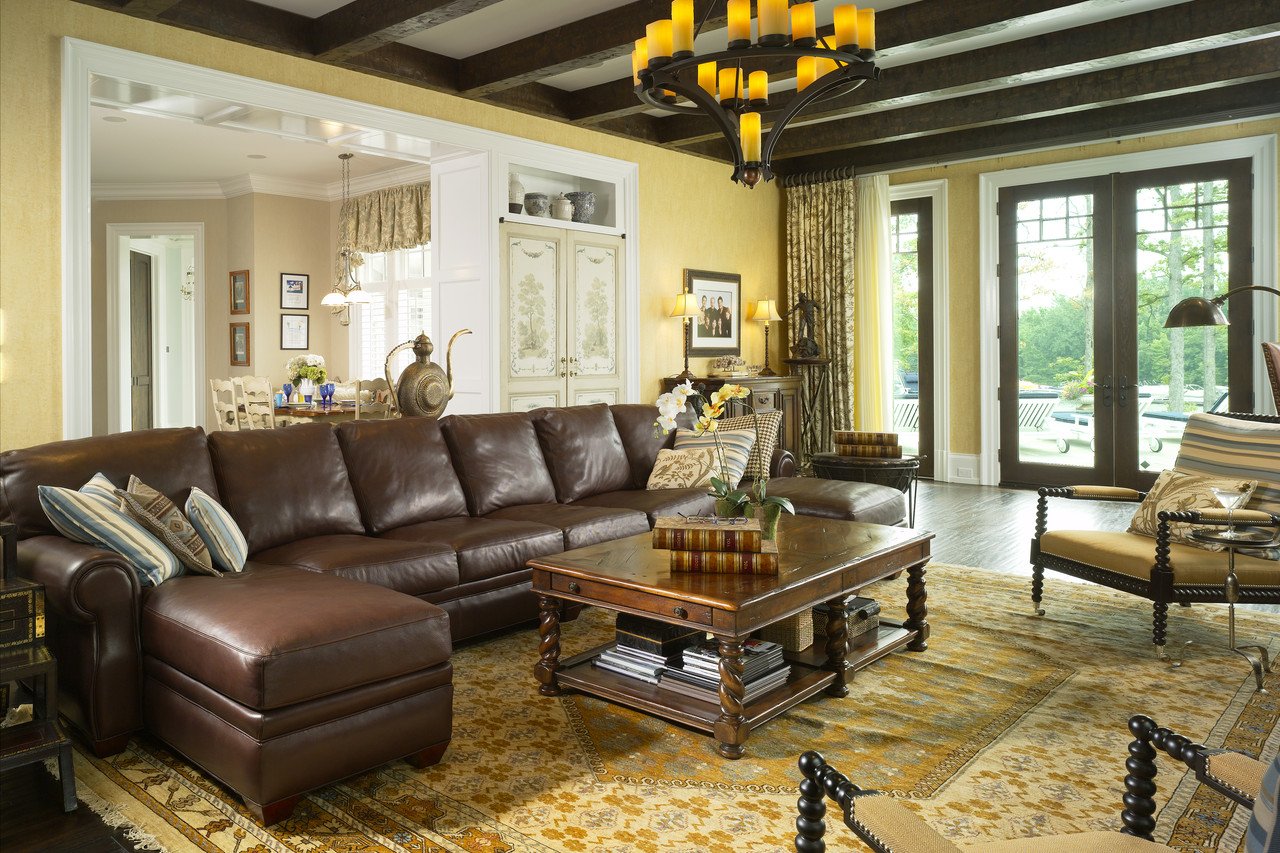
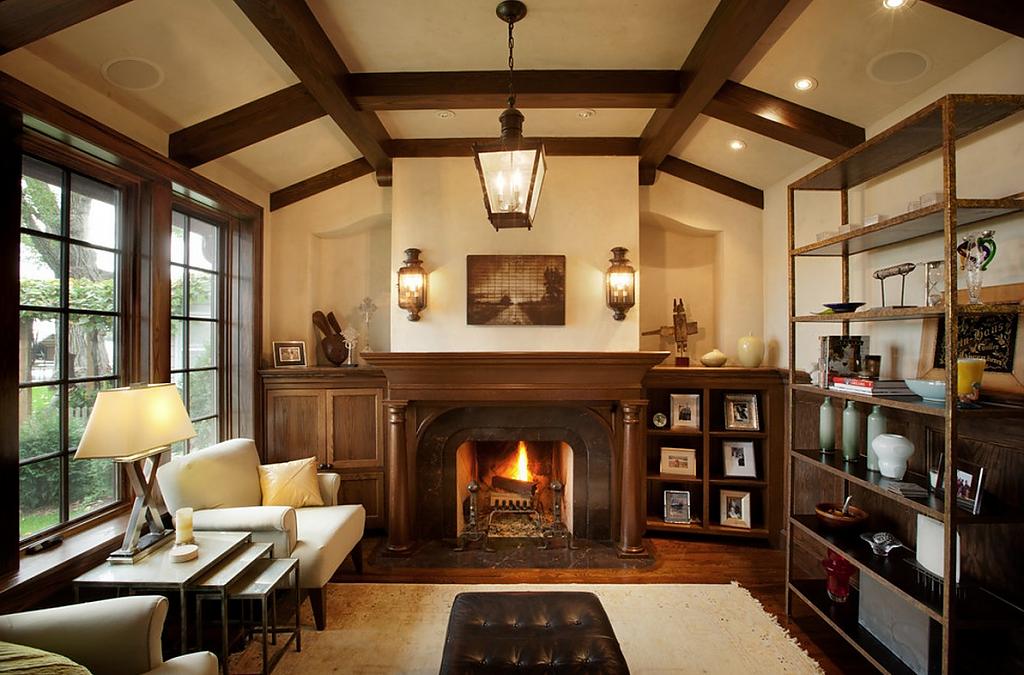





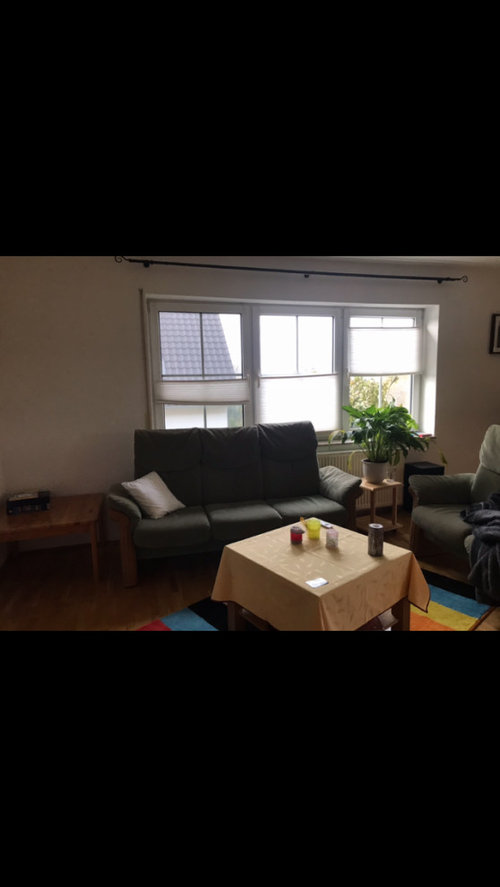
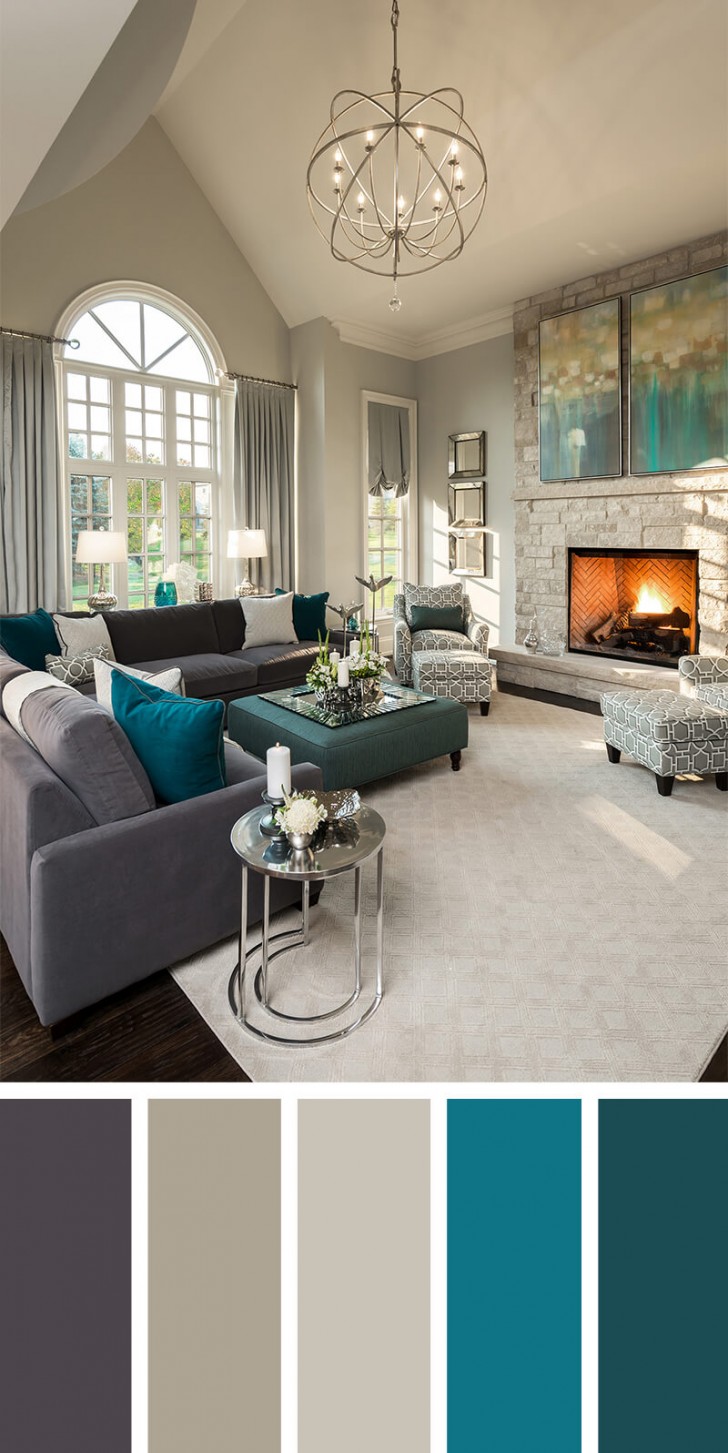




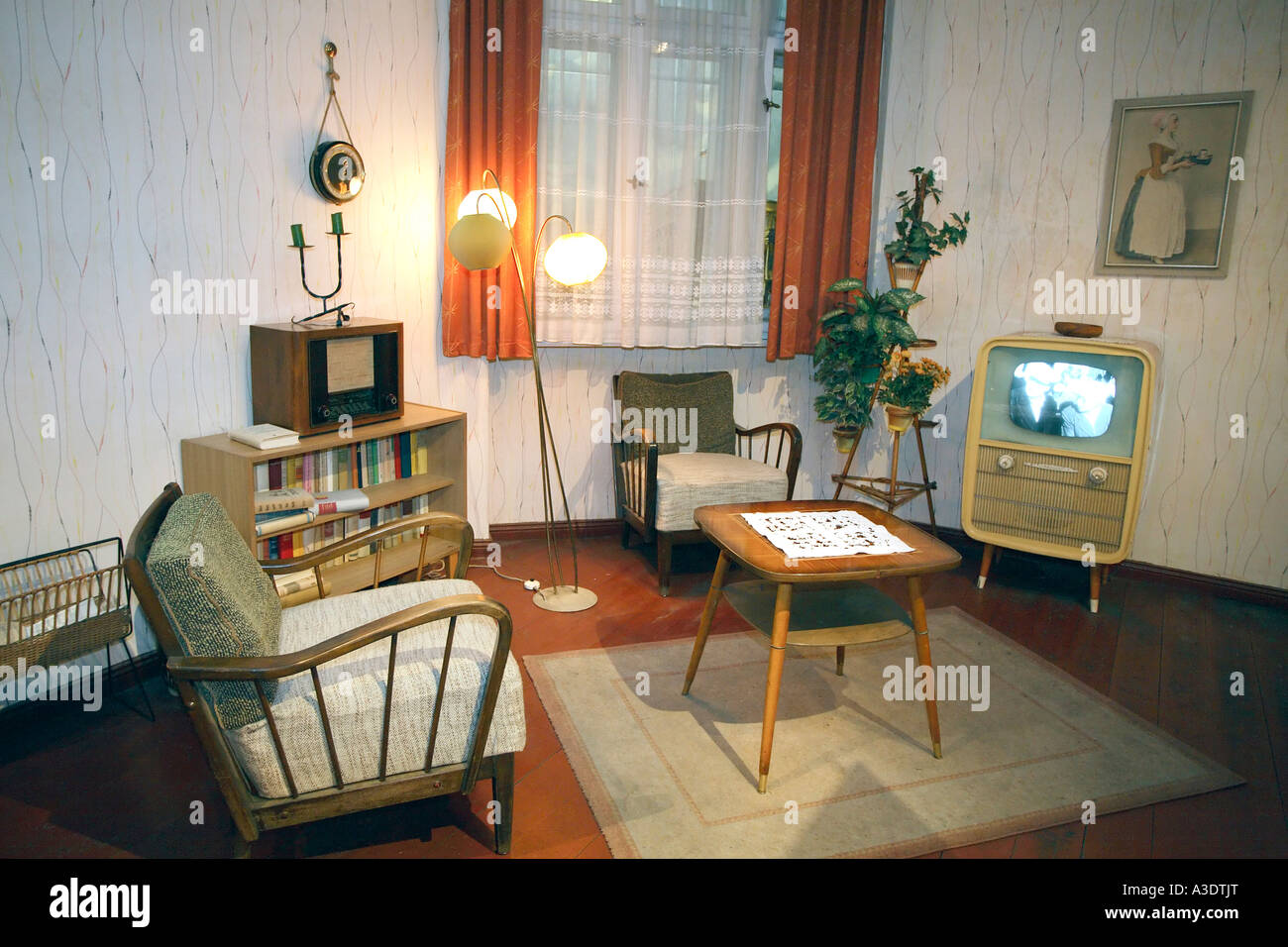


.jpg)

